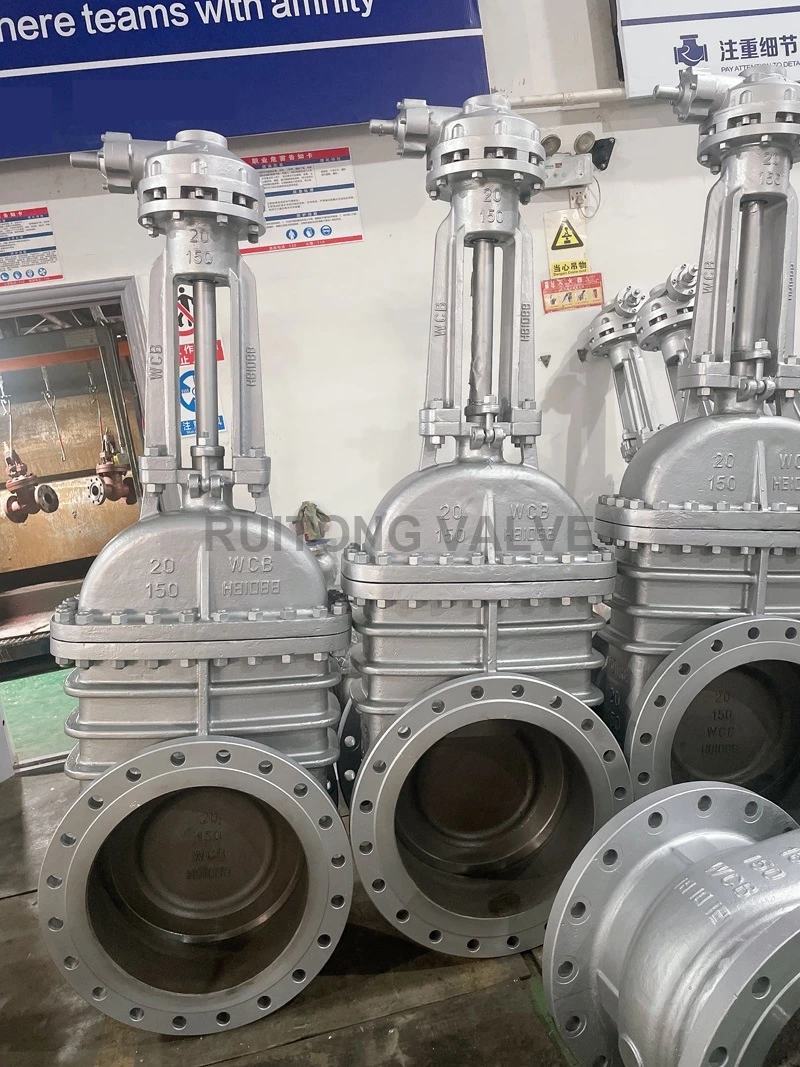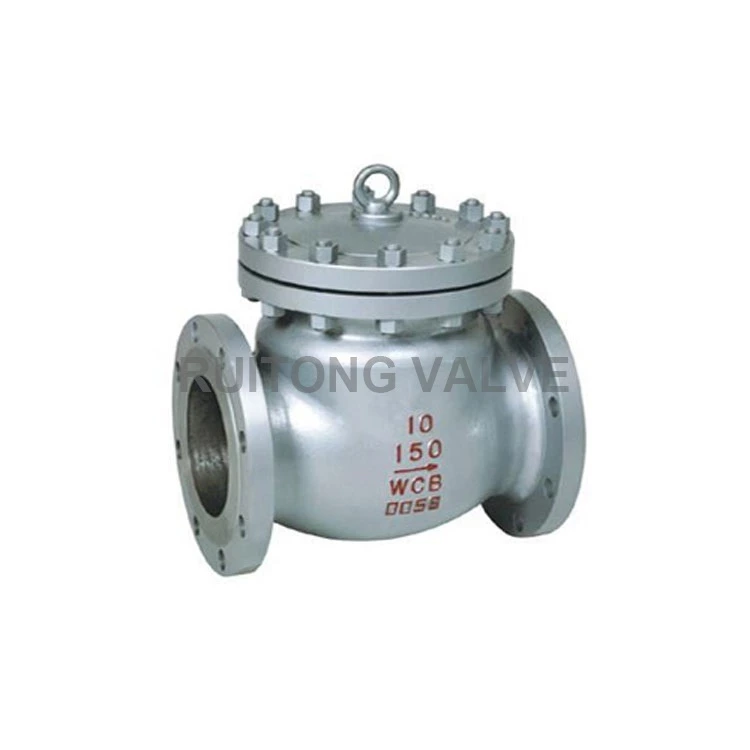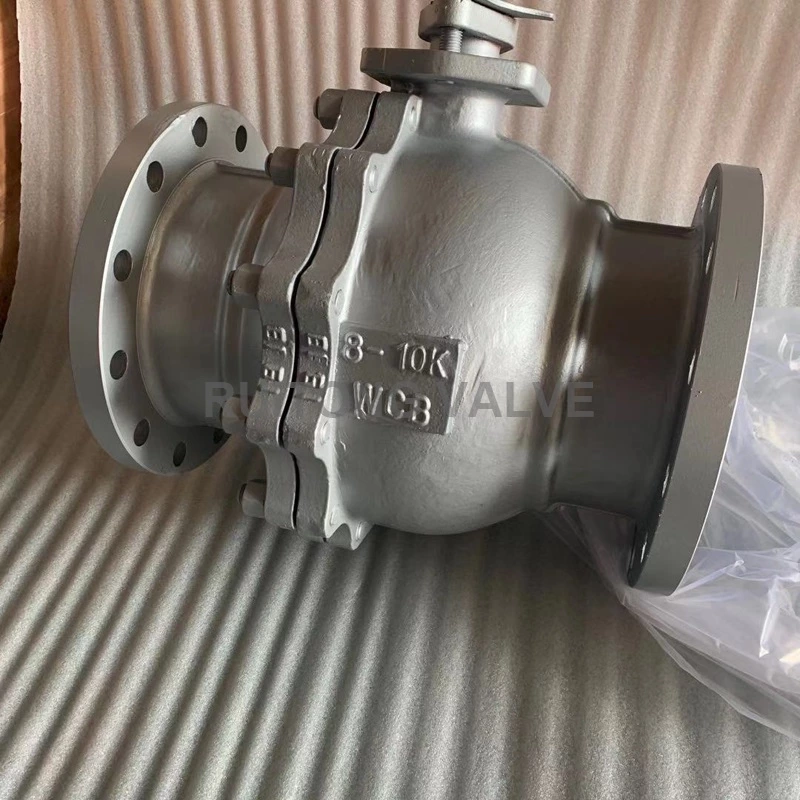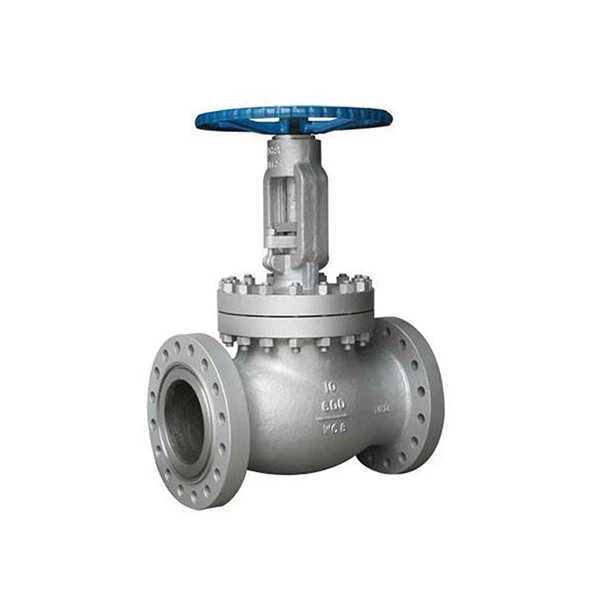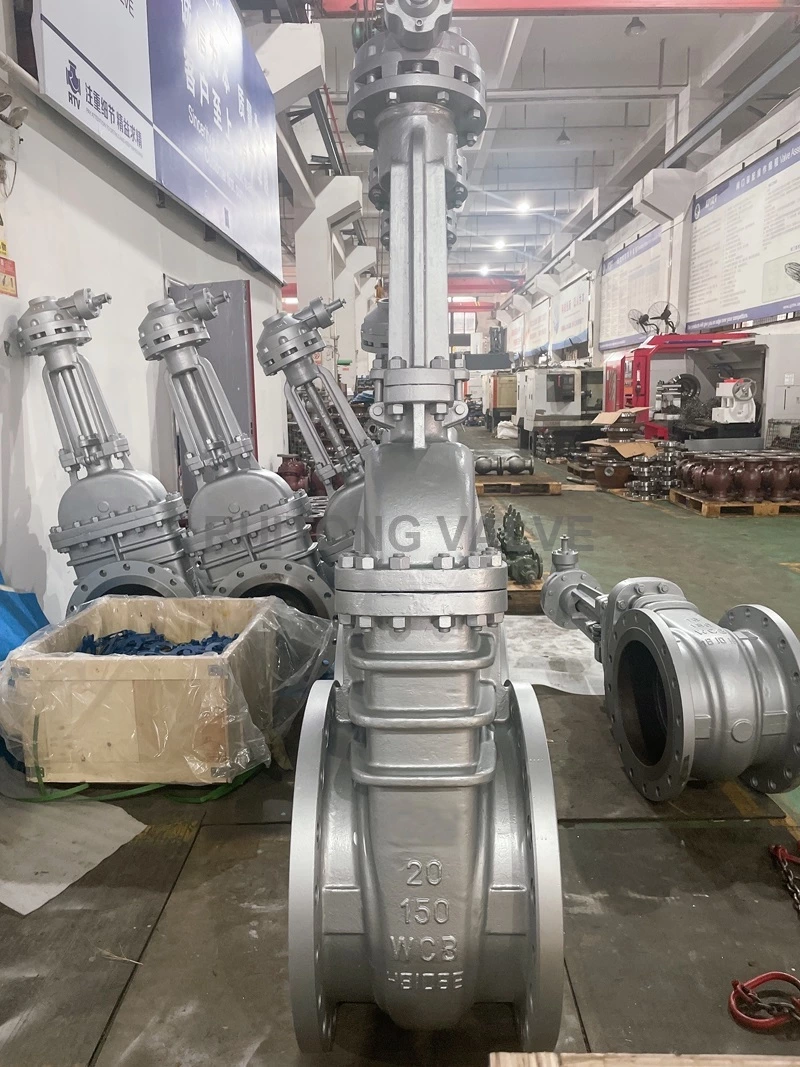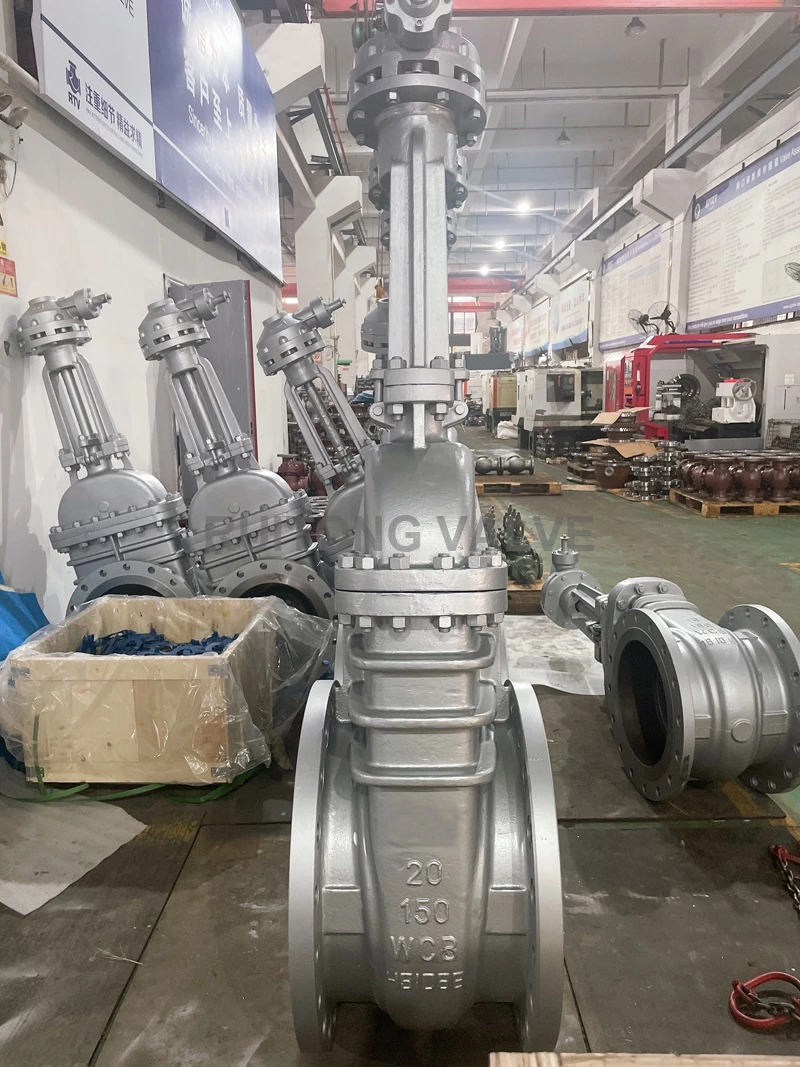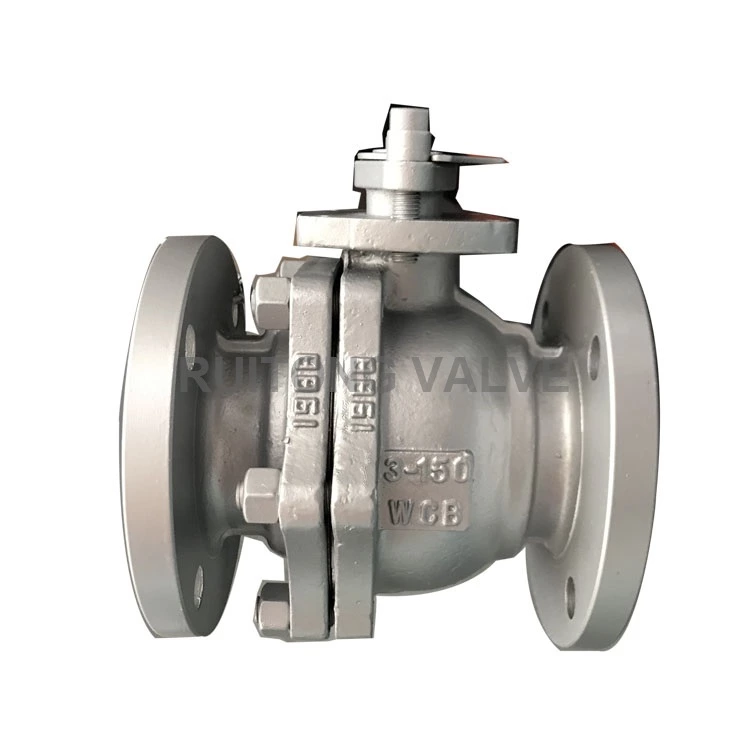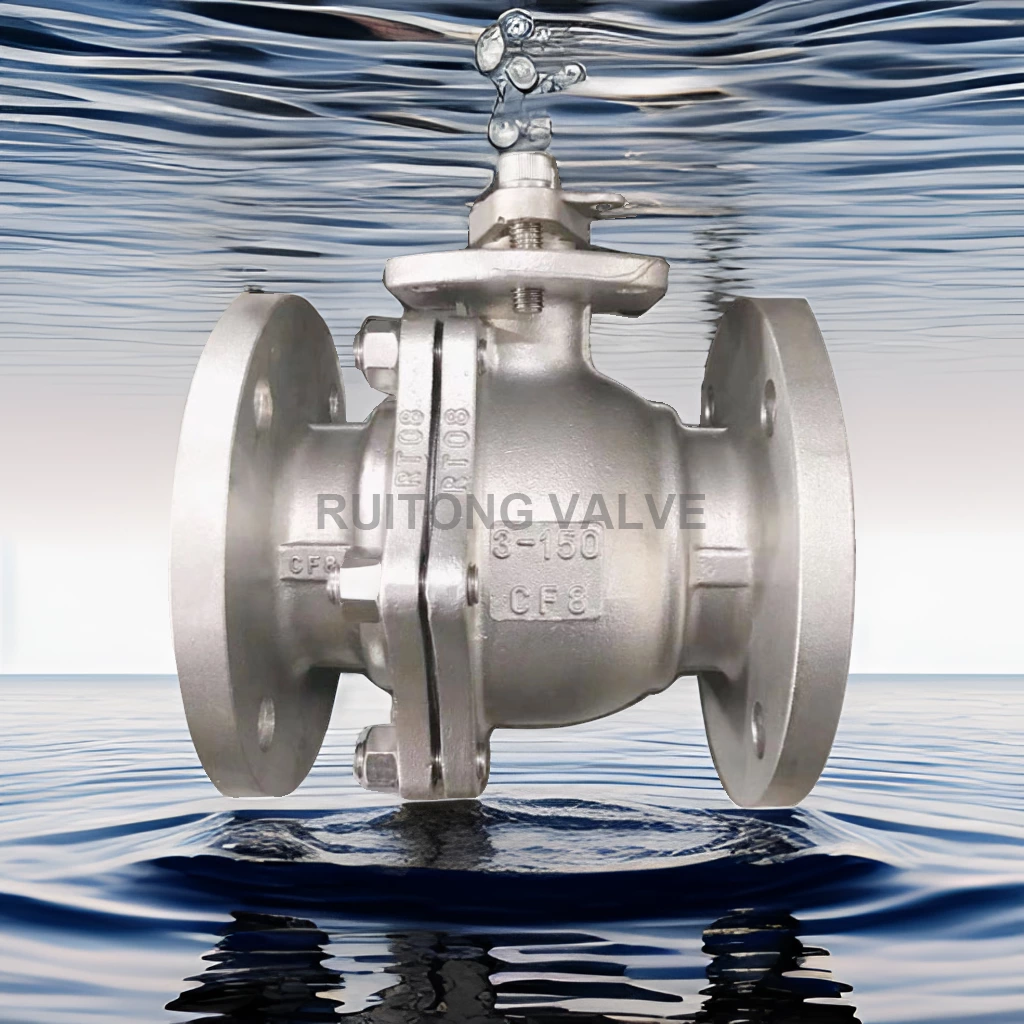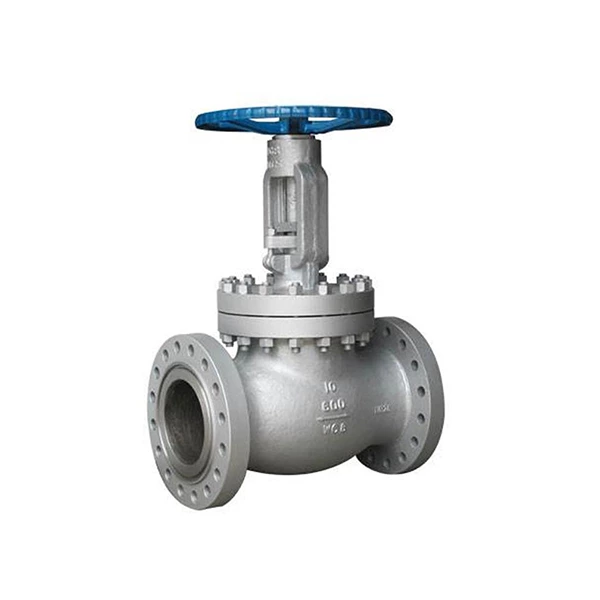Introduction To Gate Valve Casting Process
Gate Valve casting is an important part of the gate valve manufacturing process. The quality of the gate valve casting determines the quality of the gate valve. The following introduces several casting processes commonly used in the gate valve industry:
Sand casting:
Sand casting commonly used in the gate valve industry can also be divided into: wet sand, dry sand, water glass sand and furan resin self-hardening sand according to the different binders.
(1) Wet sand is a molding process using bentonite as a binder.
Its characteristics are: the finished sand mold does not need to be dried or hardened, the sand mold has a certain wet strength, the sand core and shell have good yield, and it is easy to clean and drop sand from the casting. The molding production efficiency is high, the production cycle is short, the material cost is low, and it is easy to organize assembly line production.
Its disadvantages are: the casting is prone to defects such as pores, sand inclusions, and sand sticking, and the quality of the casting, especially the internal quality, is not ideal.
Ratio and performance table of wet sand for steel castings:
(2) Dry sand is a molding process using clay as a binder. A little bentonite can improve its wet strength.
Its characteristics are: the sand mold needs to be dried, has good air permeability, is not prone to sand blasting, sand sticking, pores and other defects, and has good intrinsic quality of the casting.
Its disadvantages are: it requires sand mold drying equipment and has a long production cycle.
(3) Water glass sand is a molding process using water glass as a binder. Its characteristics are: water glass has the function of automatic hardening after encountering CO2, and can have various advantages of gas hardening molding and core making, but has the disadvantages of poor shell collapse, difficulty in cleaning castings, and low regeneration and reuse rate of old sand.
Ratio and performance table of water glass CO2 hardening sand:
(4) Furan resin self-hardening sand molding is a casting process using furan resin as a binder. At room temperature, the binder undergoes a chemical reaction under the action of the curing agent to solidify the molding sand. Its characteristic is that the sand mold does not need to be dried, which shortens the production cycle and saves energy. Resin mold sand is easy to compact and has good disintegration properties. The mold sand of the casting is easy to clean. The casting has high dimensional accuracy and good surface finish, which can greatly improve the quality of the casting. Its disadvantages are: high quality requirements for the raw sand, a slight pungent odor at the production site, and a high cost of the resin.
Furan resin self-hardening sand mixture ratio and mixing process:
Furan resin self-hardening sand mixing process: Resin self-hardening sand is best made using a continuous sand mixer. Raw sand, resin, curing agent, etc. are added in sequence and mixed quickly. It can be mixed and used at any time.
The order of adding various raw materials when mixing resin sand is as follows:
Raw sand + curing agent (p-toluenesulfonic acid aqueous solution) - (120~180S) - resin + silane - (60~90S) - sanding
(5) Typical sand casting production process:
Precision casting:
In recent years, gate valve manufacturers have paid more and more attention to the appearance quality and dimensional accuracy of castings. Because good appearance is the basic requirement of the market and also the positioning benchmark for the first machining process.
The commonly used precision casting in the gate valve industry is investment casting, which is briefly introduced as follows:
(1) Two process methods of investment casting:
① Using low-temperature wax-based mold materials (stearic acid + paraffin), low-pressure wax injection, water glass mold shell, hot water dewaxing, atmospheric melting and pouring technology, it is mainly used for carbon steel and low-alloy steel castings with general quality requirements, and the casting size accuracy can reach national standard CT7~9 level.
② Using medium-temperature resin-based mold materials, high-pressure wax injection, silica sol mold shell, steam dewaxing, rapid atmospheric or vacuum melting and pouring technology, the casting size accuracy can reach CT4~6 level precision castings.
(2) Typical process flow of investment casting:
(3) Characteristics of investment casting:
① The casting size accuracy is high, the surface is smooth, and the appearance quality is good.
② It can cast parts with complex structures and shapes that are difficult to process using other process methods.
③ Casting materials are not restricted, various alloy materials such as carbon steel, stainless steel, alloy steel, aluminum alloy, high temperature alloy, and precious metals, especially alloy materials that are difficult to forge, weld and cut.
④ Good production flexibility and strong adaptability. It can be mass-produced, and is also suitable for single or small batch production.
⑤ Investment casting also has certain limitations, such as: cumbersome process flow and long production cycle. Due to the limited casting process means that can be adopted, when used to cast pressure-bearing thin-shell gate valve castings, its pressure bearing capacity cannot be very high.
Analysis of casting defects
Any casting will have defects inside. The existence of these defects brings great hidden dangers to the intrinsic quality of the casting. The welding repairs carried out to eliminate these defects during the production process will also bring a great burden to the production process. In particular, as a thin-shell casting that bears pressure and temperature, the internal organization density of the gate valve is very important. Therefore, the internal defects of the casting become the determining factor affecting the quality of the casting.
The internal defects of the gate valve casting mainly include pores, slag inclusions, shrinkage and cracks.
(1) Porosity: Porosity is generated by gas, with smooth surface. It is generated inside or near the surface of the casting and is mostly round or oblong in shape.
The main sources of gas that generate pores are:
① The nitrogen and hydrogen dissolved in the metal are contained in the metal during the solidification process of the casting, forming closed round or elliptical pores with metallic luster on the inner wall.
② The moisture or volatile substances in the molding material will turn into gas due to heat, forming pores with dark brown inner walls.
③ During the pouring process, the metal will draw air into the casting due to unstable flow, thus generating pores.
Methods to prevent pore defects:
① In smelting, rusted metal raw materials should be used as little as possible or not at all, and tools and ladle should be baked and dried.
② Molten steel should be poured out of the furnace at high temperature and poured at low temperature, and the molten steel should be properly calmed to facilitate the floating of gas.
③ The process design of the pouring head should increase the pressure head of the molten steel to avoid gas entrapment, and artificial gas path should be set for reasonable exhaust.
④ The water content and gas emission of the molding material should be controlled to increase the air permeability. The sand mold and sand core should be baked and dried as much as possible.
(2) Shrinkage (loose): It is a continuous or discontinuous circular or irregular cavity (cavity) generated inside the casting (especially in the hot spot), with a rough inner surface, dark color, coarse metal grains, mostly dendritic crystals, gathered in one or more places, and prone to leakage during the water pressure test.
Causes of shrinkage (loose): When the metal solidifies from liquid to solid, the volume shrinks. If there is no sufficient molten steel at this time, shrinkage will inevitably occur. Shrinkage of steel castings is basically caused by improper control of the sequential solidification process. The reasons may be incorrect riser setting, too high molten steel pouring temperature, large metal shrinkage, etc.
Methods to prevent shrinkage (loose): ① Scientifically design the casting pouring system to enable the molten steel to achieve sequential solidification, and the first solidified part should be supplemented with molten steel. ② Correctly and reasonably set the riser, supplementary iron, internal and external chillers to ensure sequential solidification. ③ When pouring molten steel, the last top pouring from the riser is conducive to ensuring the temperature of the molten steel and compensating for shrinkage, reducing the occurrence of shrinkage cavities. ④ In terms of pouring speed, low-speed pouring is more conducive to sequential solidification than high-speed pouring. ⑸ The pouring temperature should not be too high. The molten steel is poured out of the furnace at high temperature and then calmed down to reduce shrinkage cavities.
(3) Sand (slag) inclusions: Sand (slag) inclusions are commonly known as sand holes. They are discontinuous circular or irregular holes inside the casting. The holes are mixed with molding sand or steel slag. The size is irregular and they gather in one or more places. They are often more in the upper mold.
Causes of sand (slag) inclusions: Slag inclusions are formed when discrete steel slag enters the casting with the molten steel during the smelting or pouring process. Sand inclusion is caused by insufficient compactness of the mold cavity during molding. When molten steel is poured into the mold cavity, the molding sand is flushed into the casting by the molten steel. In addition, improper operation during mold repair and box closing, and sand dropping are also the causes of sand inclusion.
Methods to prevent sand (slag) inclusion: ① When molten steel is smelted, exhaust and slag should be discharged as thoroughly as possible. After the molten steel is taken out of the furnace, it should be calmed in the molten steel ladle, which is conducive to the floating of slag. ② Try not to turn the molten steel ladle over, but use a teapot ladle or a bottom pouring ladle to prevent the slag on the top of the molten steel from entering the casting cavity along with the molten steel. ③ When pouring molten steel, take measures to screen the slag to minimize the slag from entering the mold cavity with the molten steel. ④ In order to reduce the possibility of sand inclusion, the compactness of the sand mold should be ensured during molding, and be careful not to drop sand during mold repair, and the mold cavity should be blown clean before closing.
(4) Cracks: Most of the cracks in castings are thermal cracks, with irregular shapes, some penetrating, some not penetrating, some continuous, and some intermittent. The metal at the crack is dark or has surface oxidation.
Causes of cracks: There are two aspects, namely, high temperature stress and liquid film deformation.
High temperature stress is the stress formed by the resistance of shrinkage deformation of molten steel at high temperature. When the stress exceeds the strength or plastic deformation limit of the metal at that temperature, cracks will occur. Liquid film deformation is the formation of liquid film between grains of molten steel during solidification and crystallization. As solidification and crystallization proceed, the liquid film deforms. When the deformation amount and deformation speed exceed a certain limit, cracks will occur. The temperature range for thermal cracks is about 1200-1450℃.
Factors affecting cracks:
① S and P elements in steel are harmful factors for cracks. Their eutectic with iron reduces the strength and plasticity of cast steel at high temperature, leading to cracks.
② Slag inclusions and segregation in steel increase stress concentration, thereby increasing the tendency to thermal cracking.
③ The greater the linear shrinkage coefficient of the steel type, the greater the tendency of hot cracking.
④ The greater the thermal conductivity of the steel type, the greater the surface tension, the better the high-temperature mechanical properties, and the less tendency of hot cracking.
⑤ The structural design processability of the casting is not good, such as too small fillet, too large wall thickness difference, and severe stress concentration, which will cause cracks.
⑥ The compactness of the sand mold is too high, and the poor yield of the core hinders the shrinkage of the casting and increases the tendency of cracks.
⑦ Other factors such as improper arrangement of the pouring head, too fast cooling speed of the casting, cutting the pouring head and heat treatment causing excessive stress will also affect the generation of cracks.
According to the causes and influencing factors of the above cracks, taking corresponding measures can reduce and avoid the generation of crack defects.
Comprehensively analyzing the causes of the above casting defects, finding the existing problems, and taking corresponding improvement measures, we can find a way to solve the casting defects, which is conducive to improving the quality of castings.
